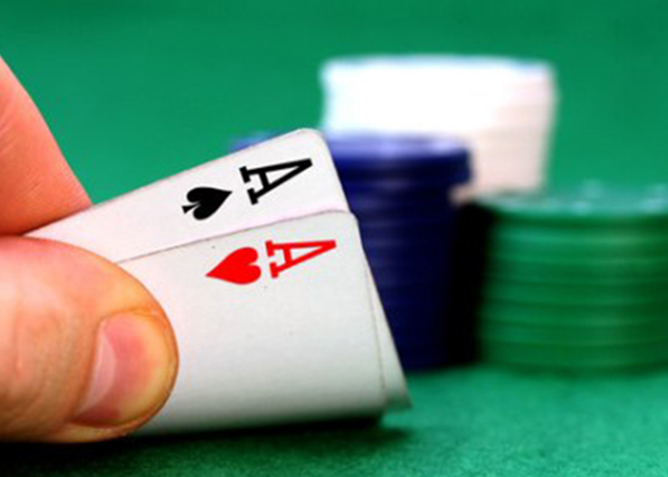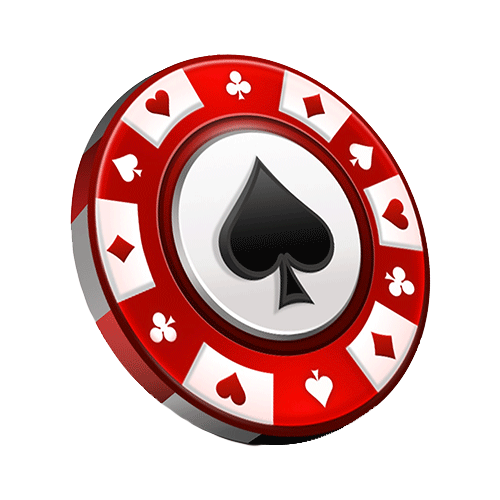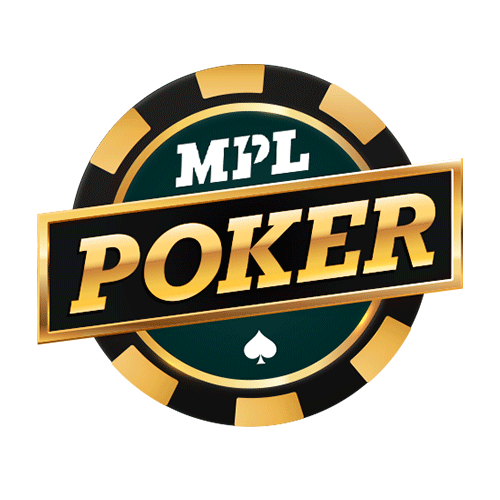 Gambling
Gambling
Hand Reading Made Simple
To the unexperienced, hand reading can appear like a relatively mysterious poker aptitude. Utilizing some immense intuition, the best poker players on the planet translate their adversaries’ concealed cards and make astounding feigns and calls thus.
In spite of the fact that hand reading may appear like a powerful ability outside the ability to understand of unimportant mortals, the fact of the matter is an incredible inverse. Hand reading is a science established upon deductive rationale. Poker players watch information about how an adversary is playing, contrast that information with their past encounters to shape presumptions about how the rival will play later on, and afterward utilize those suppositions to decipher a rival’s activities and focus in on his conceivable property.
Experience, obviously, can’t be educated. I can, be that as it may, propose some sensible gauge presumptions to make around a rival. From these, we infer a streamlined technique for deciding, if not his correct hand, at any rate the rough quality of his hand, which is regularly all that you have to settle on your choice.
Pattern Assumptions
There are a couple of fundamental presumptions about your adversaries’ play that need to remain constant for our basic hand-reading technique to work. They aren’t absolutes, however all the more precisely they portray an adversary’s play, the more successful this technique will be.
The first is that your rival won’t make thin esteem wagers. At the end of the day, he will be genuinely sure both that he has the best hand and that you will call with a more terrible hand before he will endeavour to wager for esteem. There is no unmistakable standard for what a “thin” esteem wager is, however the more bashful your rival, the more compelling this hand-reading procedure will be.
The second key suspicion is that your adversary won’t transform a made hand into a feign. In the event that he trusts that he has a dose of winning at confrontation, at that point he will try to get to standoff efficiently as opposed to move you off of your hand. When he feigns, it is on account of the supposes he has next to zero shot of winning generally.
The third and last key presumption is that your adversary won’t pursue a draw with outrightly terrible chances. The prompt chances may not exactly be there on the off chance that he is counts on suggested chances or a possibility of feigning you out later, yet he won’t for example call a pot-sized turn wager for 1/3 of the successful stacks with an exposed gutshot draw and no standoff esteem.
No one but you can decide how well these suspicions apply to your specific adversary, or to rivals all in all in the amusements that you play. My own experience is that these suppositions hold sensibly valid for most players in the little and mid-stakes no-restriction hold them amusements on the web, unquestionably all around ok to make the accompanying hand reading technique viable.
The Hand Categorization Method
The fundamental thought behind this improved hand reading strategy isn’t to put an adversary on a correct hand or two-card blend yet rather to limit his range down to maybe a couple of three general classifications:
Creature hands– These are where your adversary needs to play a major pot. That doesn’t mean he’ll wager or raise at each open door a few players love to slowplay-however it implies that he is sure that his hand is ideal and that there are a lot of more awful hands that will pay him off.
Confrontation hands– In these cases, your adversary trusts he has the best hand, yet he isn’t endeavouring to assemble the pot. Typically players will practice pot control with these hands, checking when they can and calling when they need to. Some may make little wagers or raises as blocking wagers or to “see where they’re at”.
Drawing/feigning hands
Drawing hands will be hands that need to enhance or feign to have a sensible desire for winning the pot. This alludes not simply to evident attracts, for example, four to a flush yet to any hand which right now has almost no standoff esteem. Contingent upon their play style and the estimation of the draw, players may play drawing hands quick or moderate.
Once more, we are not managing in absolutes here. There are no unmistakable criteria for what a “thin” esteem wager is or how solid of a hand ought to be transformed into a feign. However, the more your adversary keeps up these qualifications, and most do to a lesser or more noteworthy degree, the all the more viably you would categories be able to his hand.
In spite of the fact that these are general classes, they can give you a considerable measure of direction with respect to how to play your hand. Disposing of even one of these kinds of hands from your rival’s range can swing a stream choice from a call to an overlay.
Conclusion
Notice than in neither of these illustrations did we put our adversary on a correct hand. In the second case, we didn’t know which class of hand he had. All we had to know was that he couldn’t have one specific sort of hand.

Calling a rival’s gap cards down to the suits is a flawless parlor trap that can inspire TV groups of onlookers and scare different players. In any case, it is not really basic to using sound judgment against everything except the most refined players. Figuring out how to order your adversaries’ conceivable property is a straightforward and successful technique for enhancing your basic leadership.
Top 15 Poker Rooms
-
WPT Global
Grab your welcome offer
Offer: 100% of your deposit back up to $3,000 Register -
Junglee Poker
Sign-up and get bonus
Offer: Up to ₹50,000* Register -
PokerDangal
Sign up with code GUTSHOT1
Offer: Get 100% GST discount on deposits Register -
Natural8 India
Sign-up with Gutshot
Offer: Get extra 28% on all deposits Register -
Spartan Poker
Sign-up with referral code AFFGSMAG
Offer: FTD 50% Bonus Money up to ₹20K. Deposit code ‘ALLIN50’ Register -
Calling Station
Sign-up with promo code 'AFFCSGUT'
Offer: 30% FTD bonus with code FTD30 Register -
WinZo Poker
Daily Winnings Up To ₹40 Crore!
Offer: Get ₹550 Joining Bonus For Free Register -
Stake Poker
Welcome bonus
Offer: 200% up to ₹120,000 Register -
CristalPoker
First Deposit Bonus
Offer: 100% up to €2,000 Register
Newsletter
Thank you for subscribing to our newsletter.
This will close in 20 seconds





















